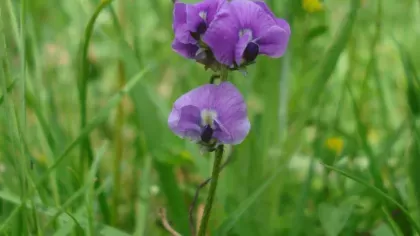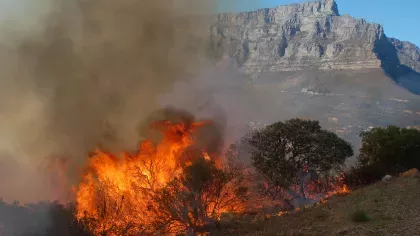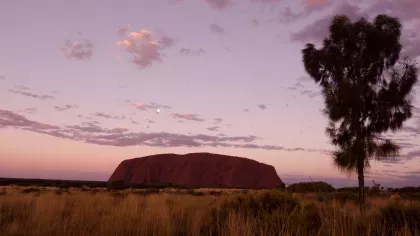11 August 2021
The insect-killing tobacco plant
Seven species of tobacco have been named new to science, with one able to trap and kill insects.

Much of Australia is arid, with some parts of the continent among the driest locations on earth.
These arid areas have been thought of as almost barren with limited plant diversity.
However, in recent years, these poorly studied regions have yielded many new and unusual species.
Among these are the desert tobaccos (Nicotiana), which have diversified in the Australian deserts.
In a recent series of papers, published in Curtis's Botanical Magazine, we reveal seven species of wild tobacco that are new to science.
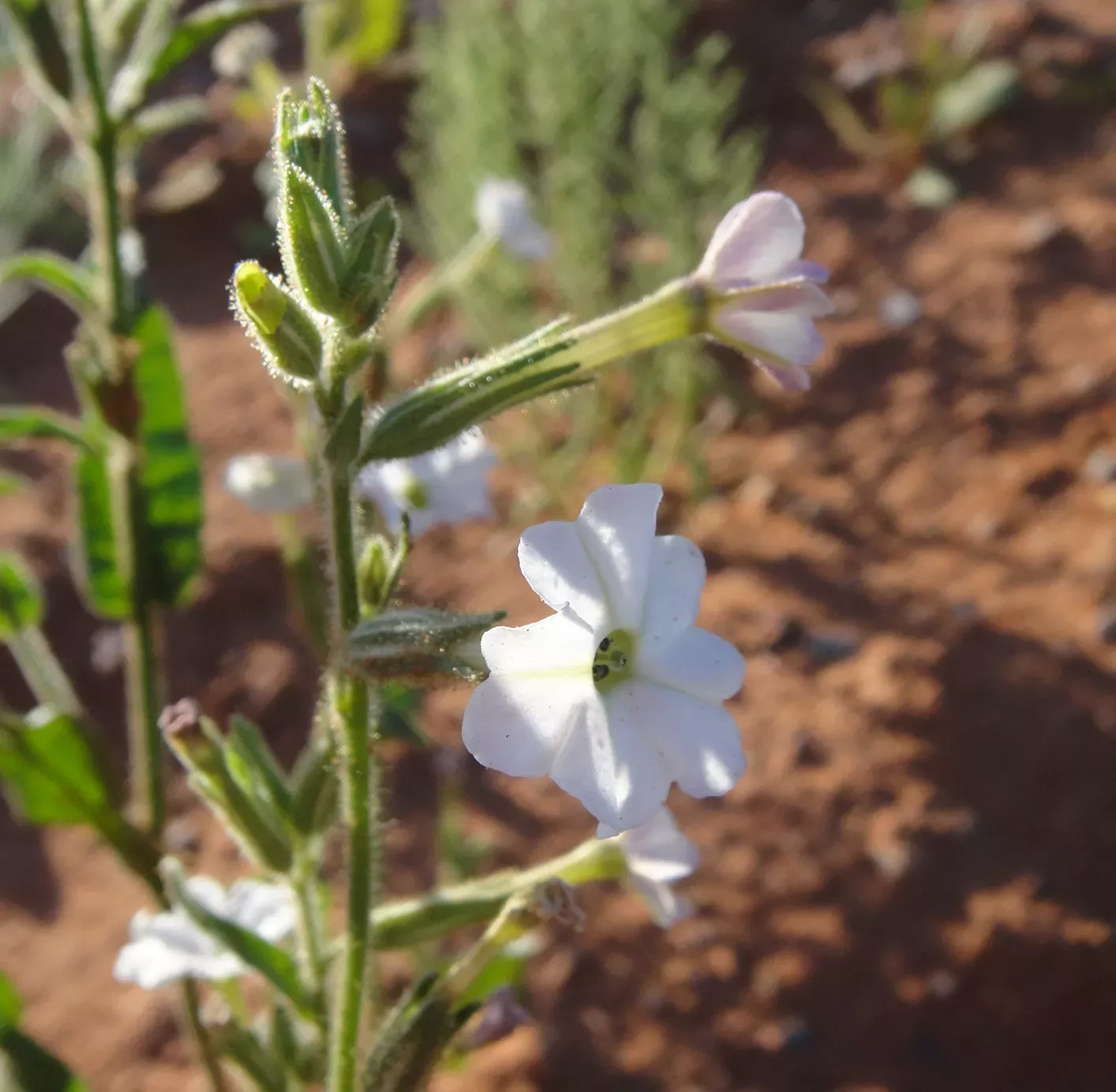
Tobacco kills
One of these, Nicotiana insecticida, demonstrates well the adage that ‘tobacco kills’, although in this case it applies to just some insects that try to eat the plant.
The newly described N. insecticida was named to reflect its insect-killing nature.
It has sticky glands covering all its surfaces that regularly snare and kill small insects such as gnats, aphids and small flies.
It is the first time a wild tobacco species has been reported to trap and kill insects.
Although the glands look similar to carnivorous sundew plants, we do not think that this tobacco species is truly a carnivorous plant.
This activity is probably only defensive, but it could be seen as a preliminary step along the path to becoming truly carnivorous.
Experiments will be carried out to determine if the plant directly benefits from killing insects by absorbing nutrients when the dead insects decay.
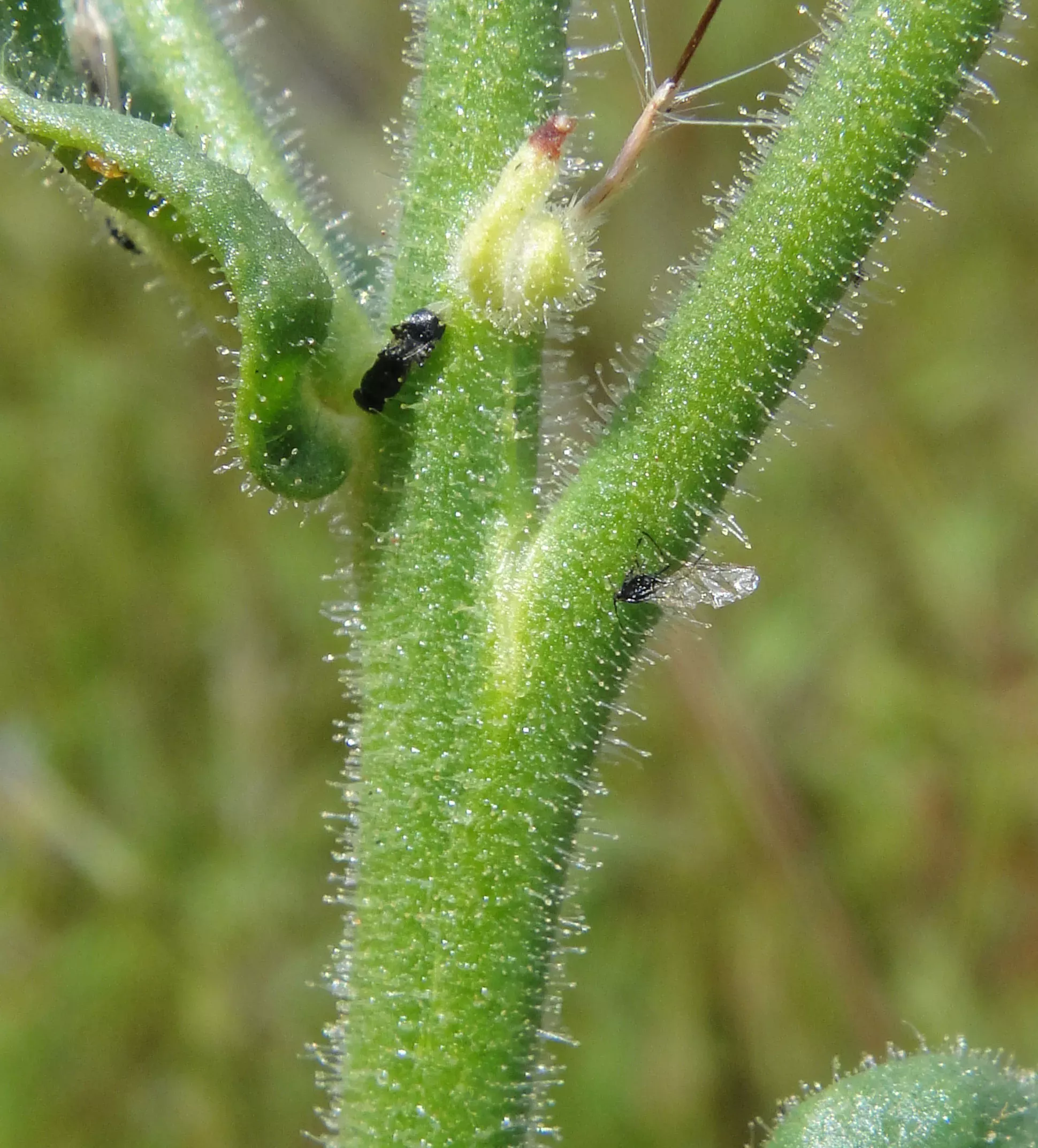
Highway plants
The seeds of N. insecticida were collected at a truck stop on the Northwest Coastal Highway in Western Australia and were cultivated in the greenhouses here at Kew Gardens.
For over 20 years, Maarten Christenhusz and I have been working with our many collaborators in Australia and the University of Vienna on a project that looks at how a group of herbaceous species have been able to adapt to the harsh conditions of the Australian outback.
We have spent a lot of time looking for wild tobaccos in all Australian states and territories (except Tasmania, where they do not occur).
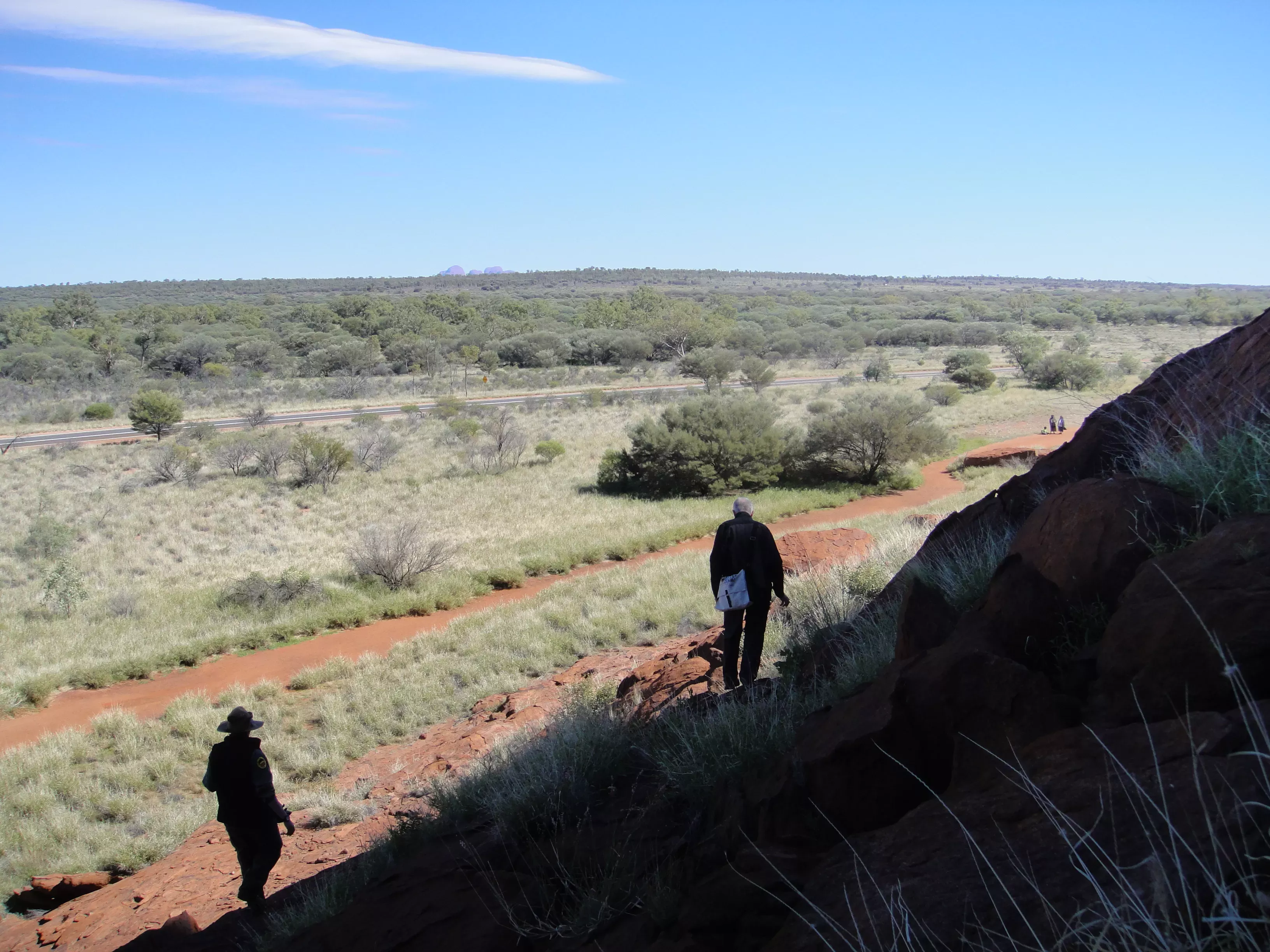
Hidden plants
Among the other six newly described species is N. salina, which grows along salt lakes that mark the border between the Western Australian wheatbelt and the central region that is too dry for crop cultivation.
Another is N. walpa, from Kata Tjuta National Park in the Northern Territory (near Uluru), which was given its name from the local word for ‘wind’ because it appears only when there have been storms in the desert.
If the rain does not appear, as is the case in most years, this species remains as seeds in the soil.
It has only been found twice, once in 1988 and again in 2016 by my collaborators and me along the 'Valley of the Winds', a popular hiking trail.
Our work is not yet complete and there are still many more wild tobacco specmies to be described.
Acknowledgements
The seed collections made were done so with all relevant permits and permissions from Australian authorities.
Read the papers
Papers are published in Curtis's Botanical Magazine

